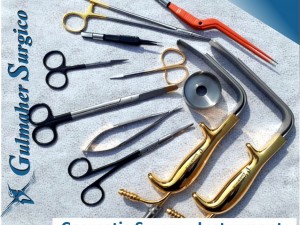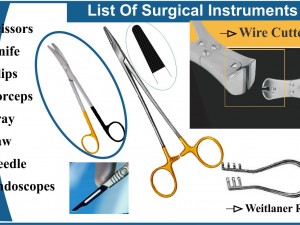Urology Instruments
Urology instruments are specialized tools used in the diagnosis and treatment of urinary tract and male reproductive system conditions. Here’s an overview of some common urology instruments and their uses:
1-Cystoscope: A thin, tube-like instrument with a camera and light is used to visualize the bladder and urethra. Used for diagnostic procedures and minor surgeries within the bladder.
2-Ureteroscope: A flexible or rigid instrument is used to examine the ureters and kidneys. Allows for the removal of stones or biopsies from the urinary tract.
3-Nephroscope: A specialized endoscope is used for viewing the kidney. Often used in procedures like percutaneous nephrolithotomy for kidney stone removal.
4-Resectoscope: Used for transurethral resection of the prostate (TURP). Allows for the removal of prostate tissue through the urethra.
5-Ring Forceps: Various types of ring forceps are used to grasp and manipulate tissues during urological procedures. Examples include biopsy forceps and grasping forceps.
6-Surgical scissors, such as Metzenbaum and Mayo scissors, are used for cutting tissues during procedures.
7-Catheters: Used for draining urine from the bladder or for delivering medications. Types include Guyon Cather Foley catheters, intermittent catheters, and suprapubic catheters.
8-Dilators: Instruments are used to gradually widen the urethra or other passages. Useful in treating strictures or blockages. Types include Hegar Uterine Dilators, and Pratt Uterine Dilators Set of 8.
9-Suction Devices: Used to remove fluids from the surgical site, maintaining a clear view during procedures. Types include Charrier Metal Catheter.

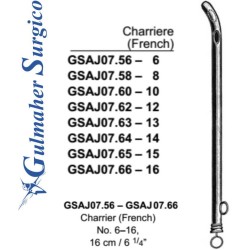

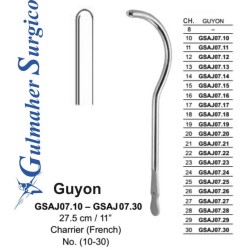



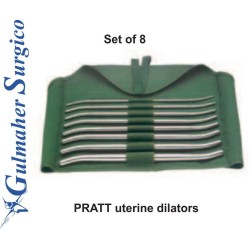
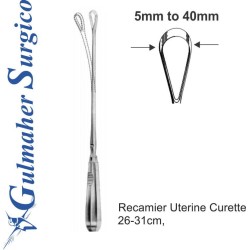
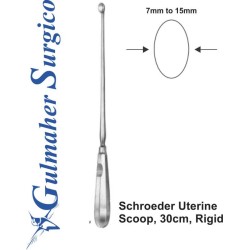
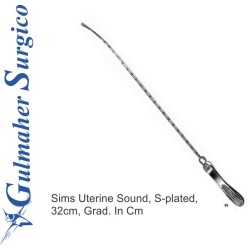
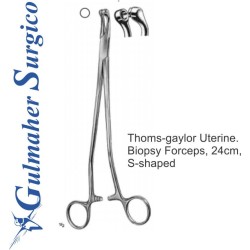
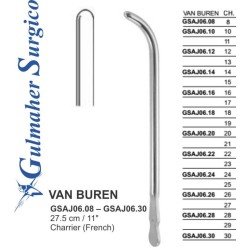


-300x225h.png)

